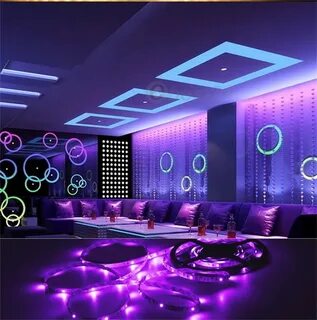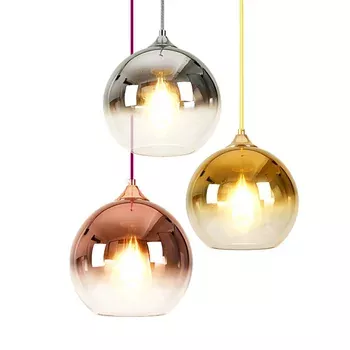
The led strips with 12V are low-voltage, whereas 220V is a high voltage electric current that is suitable for use in civilian settings. It is also possible to say that 220V’s input voltage is exactly the same as the operating voltage of 12V.
It is easy to connect the 220V strip directly an electrical source of 220V however, it isn’t secure.
Led strips with low voltage are safer. If you connect it, connect a converter prior to the power supply is connected.
The 220V plug used for light strips comes with an internal converter, which includes an rectifier that has a constant current output. The voltage at which the plug is output from the rectified and filtering plug is 300 volts DC.
It regulates the output current by constant current conversion to 10 milliamperes DC to drive the LED light strip. The light strip 12V is not equipped with an adapter, however 12V DC is the power source for the LED strip.
LED Selection Parameters as well as 12v Direct Drive Led Strip Lights
Let me ask you a question: Could 12V power a light-emitting diode directly by connecting it to resistors?
The maximum operating current for LED lamp beads with low power in a variety of shades is typically 20mA. However the actual value varies between 5 and 15mA.
The voltage drop forward for red LEDs is typically 1.62V. Green LEDs generally 1.82.4V and white and blue are 33.3V.
Let’s suppose that a blue LED is powered by a power source of 12V, and the current running is 9mA. Then, the current-limiting resistance R equals (12V-3V/9mA) = 1KO. The voltage drop forward for the blue lamp is 3V.
Although I used the LED option, it still created problems for me. While the light isn’t as high as a tri-color light, I only see red.
The 3535MWAP of Nationstar Optoelectronics was selected.
The forward current is the one that the LED strip lights 12v use. The current that is used for normal dimmers emitting light is typically very low, ranging from 10mA to 45mA.
Light-emitting Diodes (LEDs) are connected in series with resistors in order to shield the LEDs from voltage surges.
LD LD: wavelength.
The different materials used in the die may produce various shades.
The luminescent color of the substance can be altered by changing the impurities, the concentration, or even the composition.
The table below outlines the various luminescent materials that are utilized in LEDs.
Utilization of Luminous Color Materials Wavelength
Red GaP with a normal red color.
Red GaAsP with high brilliance.
GaAlAs 660 Super bright red
AlGaInP Super bright red, 625-640
Green in the normal sense GaP
High Brilliance Green AlGaInP
Super bright green InGaNg 505-540
GaAsP in normal yellow 590-610
AlGaInP Super bright yellow, 590-610
Light intensity IV
The intensity of light I represents the light flux that is released from the lightsource in an angle unit.
Millicandela is the term used to describe luminescent intensities, and is sometimes referred to as candela.
Candela refers to the luminous intensity of the light source in a specific direction. Candela is a measurement of the amount of light that is emitted in a specific direction.
VF: forward voltage
Forward voltage refers to the drop in voltage between the positive electrode and the negative when the current flowing forward through the LED is at an amount. The voltage drop is symbolized in the form of a symbol “VF”.
Our company employs SMD LEDs that have an output voltage that ranges from 2.0V up to 3.5V.
The diode could be damaged when the voltage is greater than the operating limit. If the forward voltage drops below a certain threshold (also called the threshold value) the current becomes extremely low , and no light is produced.
If the voltage is higher than an arbitrary level that is, the forward current increases along with the voltage.
The light isn’t correct since the voltage drop forward is just two Volts.
View angle: perspective
The half-value angle is an angle that appears in the graph of the luminous intensity distribution when the intensity is less than the highest.
Figure 5>.
The direction with the highest brightness of light is called the optical direction. In the figure, the angle between the optical and mechanical angles is known as the angle of deviation.
The half-value angle is directly influenced by the thickness of the chip as well as the size of the mould strip for packaging.
Half-value angles of various sizes can be made by selecting different materials and package sizes according to the requirements of the customer.
Based on the diagram of luminous intensity distribution There are three types:
High directivity can be achieved by making use of metal cavity packaging using reflective metallic or epoxy pointed packaging. This is possible without the need for an agent for scattering.
The half-value angles range from between 5deg and less than 20deg. High-directivity light can be utilized as a local source of light or with a light sensor, to make an automated detection system.
b The standard type. is usually used to indicate with an angle of 20deg to 45deg.
The light that scatters c offers a wider viewing angle as well as an angle of half value between 45deg and 90deg.

